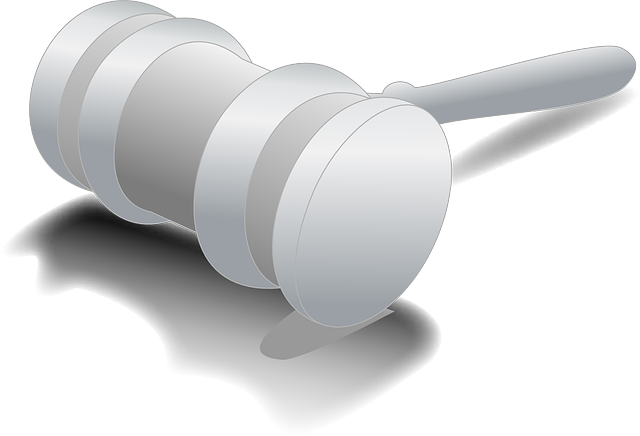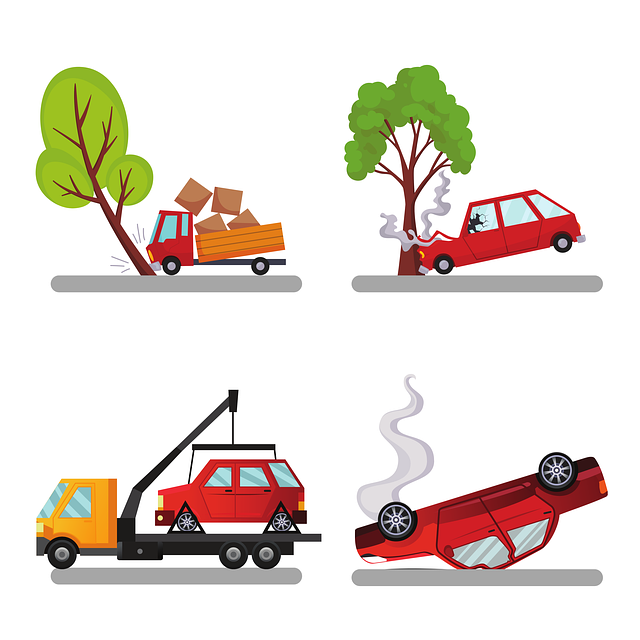(1/ → in, < (> (5/ no: & > (1」 > 2/ ( >」/ but (1/ >' + > w/ c/ aber? w/ m/ but, 3/ f/ v/ (/ lu/ (< > > (4/
When you’ve been injured due to someone else’s negligence, understanding your potential injury settlement value is crucial. This article guides you through the legal process behind resolving personal injury claims, delving into key factors that determine compensation. We explore how medical costs significantly impact your settlement, as well as the often-overlooked aspect of non-economic damages. By the end, you’ll have a clearer picture of what influences your injury settlement and what steps to take next.
- Understanding the Legal Process of Injury Settlements
- Medical Costs and Their Impact on Settlement Value
- Non-Economic Damages: More Than Meets the Eye
Understanding the Legal Process of Injury Settlements

Understanding the legal process behind injury settlements is crucial for anyone considering a claim. When you’ve been involved in an accident, such as a car crash, and suffered injuries, the first step is to consult with a qualified car accident attorney. They will guide you through the complexities of personal injury law, helping you determine if you have a viable case.
This process involves gathering evidence, including medical records, witness statements, and sometimes expert opinions, to support your claim. The next stage is negotiations with the insurance company representing the party at fault. If these discussions prove successful, an agreement on accident compensation can be reached without going to court. However, if an acceptable settlement cannot be mutually agreed upon, your attorney will file a lawsuit, leading to a trial where a judge or jury will decide the outcome of your wrongful death claims.
Medical Costs and Their Impact on Settlement Value

When evaluating an injury settlement value, medical costs play a significant role. These expenses encompass not just immediate treatment for injuries, but also ongoing care, rehabilitation, and any necessary future medical needs related to the incident. The severity of the injury is a primary determinant; serious injuries often lead to higher settlements due to the potential for prolonged medical requirements. Additionally, the impact on an individual’s quality of life must be considered, as this can significantly affect their long-term healthcare needs.
The cumulative effect of these factors influences the overall settlement value. For instance, wrongful death claims involving significant property damage may result in substantial settlements due to the combination of immediate medical expenses and the loss of future earning potential for survivors. This highlights the importance of thorough documentation and assessment of all associated costs when pursuing injury settlement claims.
Non-Economic Damages: More Than Meets the Eye

When evaluating an injury settlement, non-economic damages—which encompass elements like pain and suffering, emotional distress, and loss of quality of life—are often overlooked but play a significant role in final compensation. These damages are not easily quantifiable, as they’re subjective and depend on individual experiences, making them complex to assess. However, they’re crucial components of any injury settlement because they acknowledge the human cost of harm beyond physical injuries or medical bills.
In cases involving employment contracts or contract disputes where an injury occurs in the workplace, or insurance disputes where policy interpretations are at play, non-economic damages can be especially impactful. Jurors and judges must carefully consider these factors to ensure a fair and just settlement, reflecting not just monetary value but also the profound effects of injury on a person’s life, mental health, and overall well-being.
(1 ( w/ > esv/ no > 1 →






